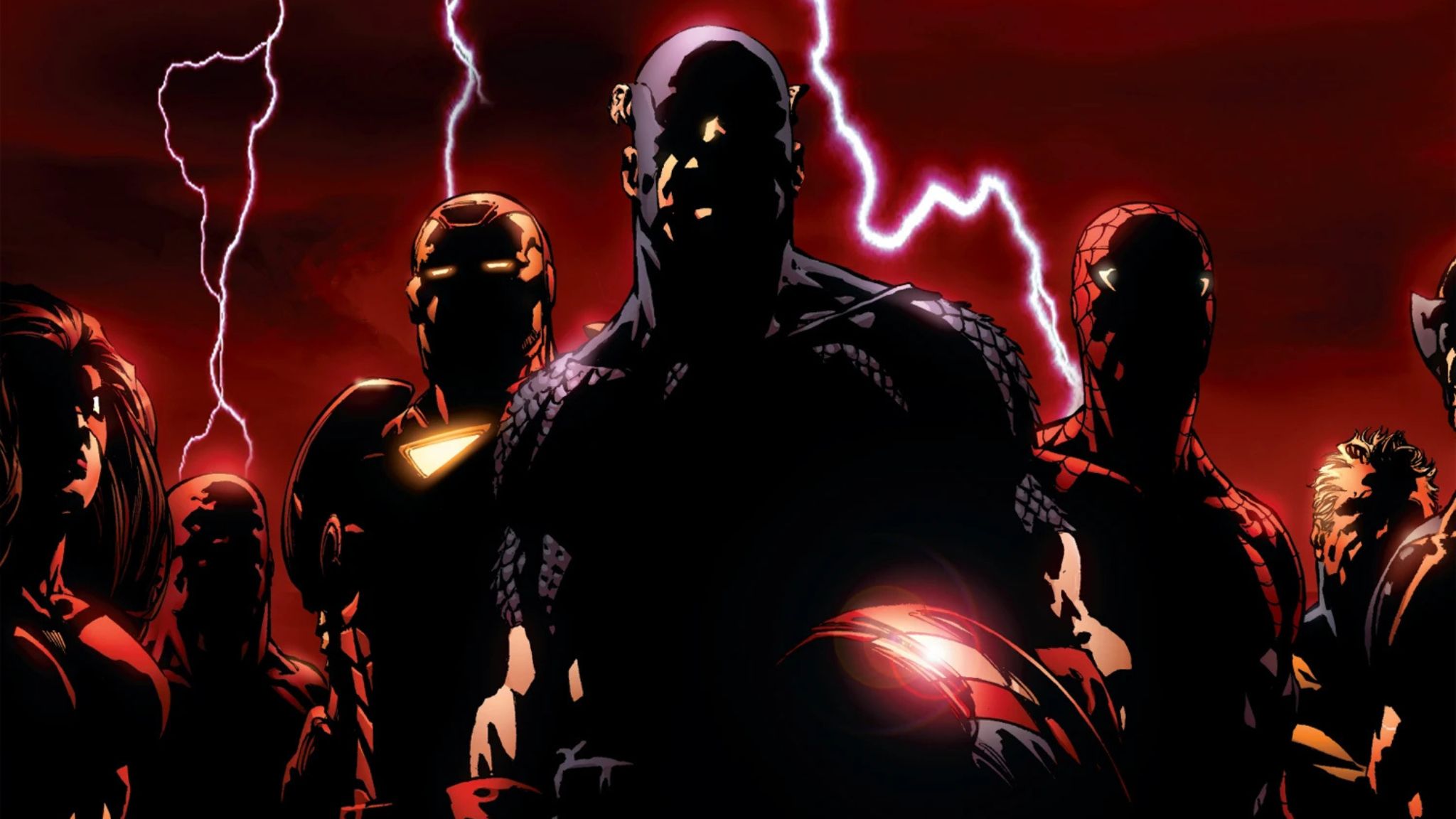
WARNING: Major spoilers below for Thunderbolts*
By this point, it’s no secret that the asterisk in “Thunderbolts” refers to the New Avengers team, who have taken on the role of government-authorized superheroes by the end of the latest Marvel Cinematic Universe movie. Although there is some debate within the MCU about whether Yelena’s (Florence Pugh) group should be called the New Avengers, given that Sam Wilson (Anthony Mackie) is also assembling his own team, for now, they are busy guarding the world from the Watchtower, a new headquarters located where the old Avengers Tower once stood. However, the fate of this arrangement remains to be seen until “Avengers: Doomsday” arrives and potentially disrupts the existing timeline.
Typically, like with the Marvel Cinematic Universe (MCU), Thunderbolts doesn’t strictly follow particular storylines. Instead, it takes ideas from various aspects of Marvel Comics lore and gives them a fresh twist for the MCU. For instance, the composition of the New Avengers team in the MCU differs significantly from its comic book counterpart, both having been formed after the original Avengers disbanded, despite their differences.
Who Are the New Avengers in Marvel Comics?

The origin story of the New Avengers starts with the “Avengers Disassembled” series, a significant crossover event that unfolded in the mid-2000s. This narrative was primarily presented in issues #500-503 of Avengers and the special issue Avengers Finale, written by Brian Michael Bendis in 2004. This storyline significantly changed the usual circumstances for Earth’s strongest heroes. The plot revolved around Wanda Maximoff, the Scarlet Witch, who experienced a catastrophic mental breakdown due to the grief of losing her children. Without realizing it, Wanda used her extensive reality-warping powers, leading her to attack her fellow team members in a sequence of disastrous incidents. These attacks resulted in the deaths of Vision, Scott Lang (Ant-Man), and Clint Barton (Hawkeye), while also causing severe injuries to Janet van Dyne. The destruction of Avengers Mansion, their long-standing operational base, further compounded the tragedy. This catastrophe and inner betrayal ultimately shattered the team’s morale and undermined public confidence, forcing the surviving members to disband the Avengers officially.
After the dissolution of the Avengers, it was evident that the Marvel Universe lost its foremost superhero team – a team renowned globally for dealing with large-scale threats and serving as a deterrent to notorious villains. Though teams like the Fantastic Four and X-Men continued their operations, they each had distinct focuses that didn’t allow them to immediately step into the Avengers’ unique, central peacekeeping role. This left the world without an instant, dedicated rapid-response force, a weakness swiftly brought to light by subsequent events.
Six months later, another test unfolded at the Raft, a supposedly escape-proof maximum-security island prison housing superpowered criminals. Electro, following secret instructions, sabotaged the Raft’s systems, leading to a jailbreak that allowed numerous inmates to wreak havoc. Luckily, Captain America and Iron Man were among the heroes who happened to be there at the time of the breakout. Joining forces spontaneously, they combatted the riot, trying to prevent an already precarious situation from deteriorating further. In the midst of the chaos, Captain America suggested that fate had brought them together and proposed the formation of a new Avengers team on the spot. This impromptu group, initially lacking official approval or resources, laid the groundwork for the “New Avengers” series by Bendis and artist David Finch, which debuted in January 2005.
Which Heroes Were Part of Marvel Comics’ New Avengers?

Right from the start, Bendis and Finch carefully constructed the New Avengers squad, which swiftly developed its own distinctive character. While Captain America and Iron Man served as seasoned veterans, their companions significantly deviated from the conventional Avengers archetype. For instance, Spider-Man, known for his solitary ways, embraced joining the Avengers. Next, Luke Cage, a hero renowned for his indestructibility, brought street-level concerns to the forefront, suggesting the team address everyday people’s troubles as well as cosmic perils. Lastly, Spider-Woman, whose past involves both S.H.I.E.L.D. and the malevolent HYDRA, added an element of unpredictability to the roster and enabled the series to delve into more covert storylines influenced by espionage. This strategic blend of well-known superheroes and grounded heavyweights set the stage for a fresh take on the Avengers team.
Initially, additional members solidified the unconventional strategy of the New Avengers. Wolverine eventually became a part-time member, serving more as a resource for ethically questionable missions rather than representing the team. The New Avengers also enlisted Sentry, assuming the role of mentor and caretaker for Robert Reynolds, despite his precarious mental health. This move aimed to prompt the Avengers to reflect on their own growth and recognize the importance of supporting each other and their surrounding communities, rather than solely viewing themselves as Earth’s Mightiest Defenders involved in grand battles.
In Thunderbolts, we find a new team of Avengers who operate under government control rather than as autonomous agents. Compared to their comic book counterparts, the Marvel Cinematic Universe’s New Avengers lineup deviates, with Sentry being the only familiar face. Both versions, however, represent reactions to a world without the traditional Avengers, stemming from past events that fractured the heroes.
Thunderbolts* is now available in theaters.
How did you like the MCU version of the New Avengers? Join the discussion in the comments!
Read More
- Gold Rate Forecast
- PI PREDICTION. PI cryptocurrency
- Masters Toronto 2025: Everything You Need to Know
- Mission: Impossible 8 Reveals Shocking Truth But Leaves Fans with Unanswered Questions!
- SteelSeries reveals new Arctis Nova 3 Wireless headset series for Xbox, PlayStation, Nintendo Switch, and PC
- WCT PREDICTION. WCT cryptocurrency
- LPT PREDICTION. LPT cryptocurrency
- Eddie Murphy Reveals the Role That Defines His Hollywood Career
- Guide: 18 PS5, PS4 Games You Should Buy in PS Store’s Extended Play Sale
- Elden Ring Nightreign Recluse guide and abilities explained
2025-05-07 06:22